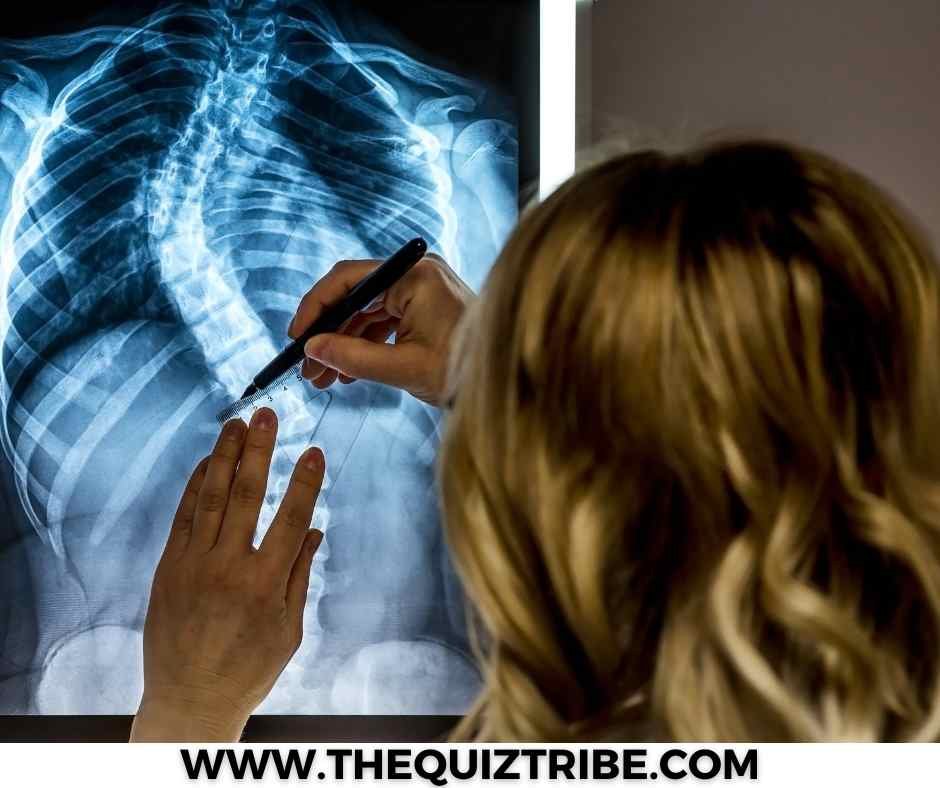What Is Scoliosis? Do I Have Scoliosis?
Your spine is an intricate structure, serving as the backbone of your body, providing support and stability, and protecting your delicate spinal cord.
But what if your spine wasn’t perfectly straight? What if it had a mysterious curvature that went unnoticed? Could you possibly have Scoliosis?
About Scoliosis
Scoliosis is a medical condition related to the spine, and its specific characteristic is an abnormal sideways curvature of the spine, affecting millions worldwide. It can develop in childhood, adolescence, or even adulthood, impacting individuals of all ages.

Although Scoliosis is commonly associated with teenagers, it is essential to remember that it can occur at any stage of life. Early detection and intervention are crucial to managing this condition effectively and minimizing potential complications.
If you’ve ever wondered about the possibility of having Scoliosis, it’s time to embark on a journey of self-discovery. This article provides guidance and valuable insights on identifying potential signs and symptoms associated with Scoliosis.
Signs And Symptoms Associated With Scoliosis
- Understanding Scoliosis begins with recognizing its characteristics. The most notable feature of Scoliosis is the sideways curvature of the spine, which can give the appearance of an “S” or “C” shape. While some curves may be mild and barely noticeable, others can be more severe, causing visible asymmetry in the shoulders, hips, or rib cage.
- One way to assess the likelihood of Scoliosis is to observe your body’s alignment. Stand in front of a mirror and take a moment to evaluate your posture. Are your shoulders level, or does one appear higher than the other? Do you notice any hip misalignment or an uneven waistline? These observations can serve as initial indicators and prompt you to explore the possibility of Scoliosis.
- Another potential sign of Scoliosis is a visible curvature of the spine when bending forward. Perform a simple test by bending at the waist, allowing your arms to hang freely towards the floor. Take note of any unusual prominences or humps along your back. A noticeable rib hump or protrusion on one side could suggest the presence of Scoliosis.
- While physical observations are helpful, paying attention to any symptoms or discomfort you may be experiencing is equally essential. Scoliosis can cause back pain, muscle fatigue, or stiffness, particularly in the lower back. If you frequently or occasionally encounter such symptoms, it’s essential to consider the possibility of Scoliosis as a potential underlying cause.
- In addition to physical manifestations and symptoms, several risk factors may increase your chances of having Scoliosis. Genetic factors play a significant role, as Scoliosis runs in families. If you have a close relative, such as a parent or sibling, with a confirmed diagnosis of Scoliosis, your likelihood of developing the condition may be higher.
- Age is another crucial factor to consider. Scoliosis commonly manifests during growth spurts, which often occur during adolescence. The rapid growth during this period can contribute to the progression of spinal curvature. However, it’s important to remember that Scoliosis can also develop in adulthood, sometimes due to degenerative changes in the spinal cord or other underlying conditions.
Now that you better understand the critical aspects of Scoliosis, you may wonder how to evaluate your likelihood of having the condition. While self-assessment is not a substitute for a professional diagnosis, it can provide valuable insights and empower you to take action.
FAQs
How Can I Know If I Have Scoliosis?
It might only sometimes be apparent that you have Scoliosis. Still, some common signs of the condition are the sideways curvature of the spine, a mismatch in the body alignment, or a visible curvature of the spine when you bend forward.
What Are The Beginning Stages Of Scoliosis?
By now, we are well aware that Scoliosis can be transmitted genetically, too, and it is developed mainly during adolescence. Parents should check for Scoliosis symptoms such as uneven shoulder blades and shoulders, elevated rib prominence, or uneven waistline in their children.
What Does Scoliosis Pain Feel Like?
If you have Scoliosis, you will most likely suffer from lower back pain, stiffness, muscle fatigue, and leg numbness.
